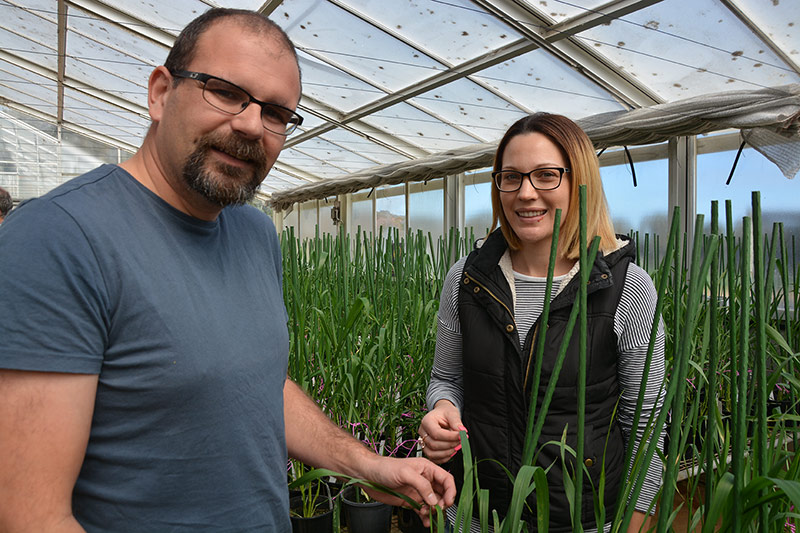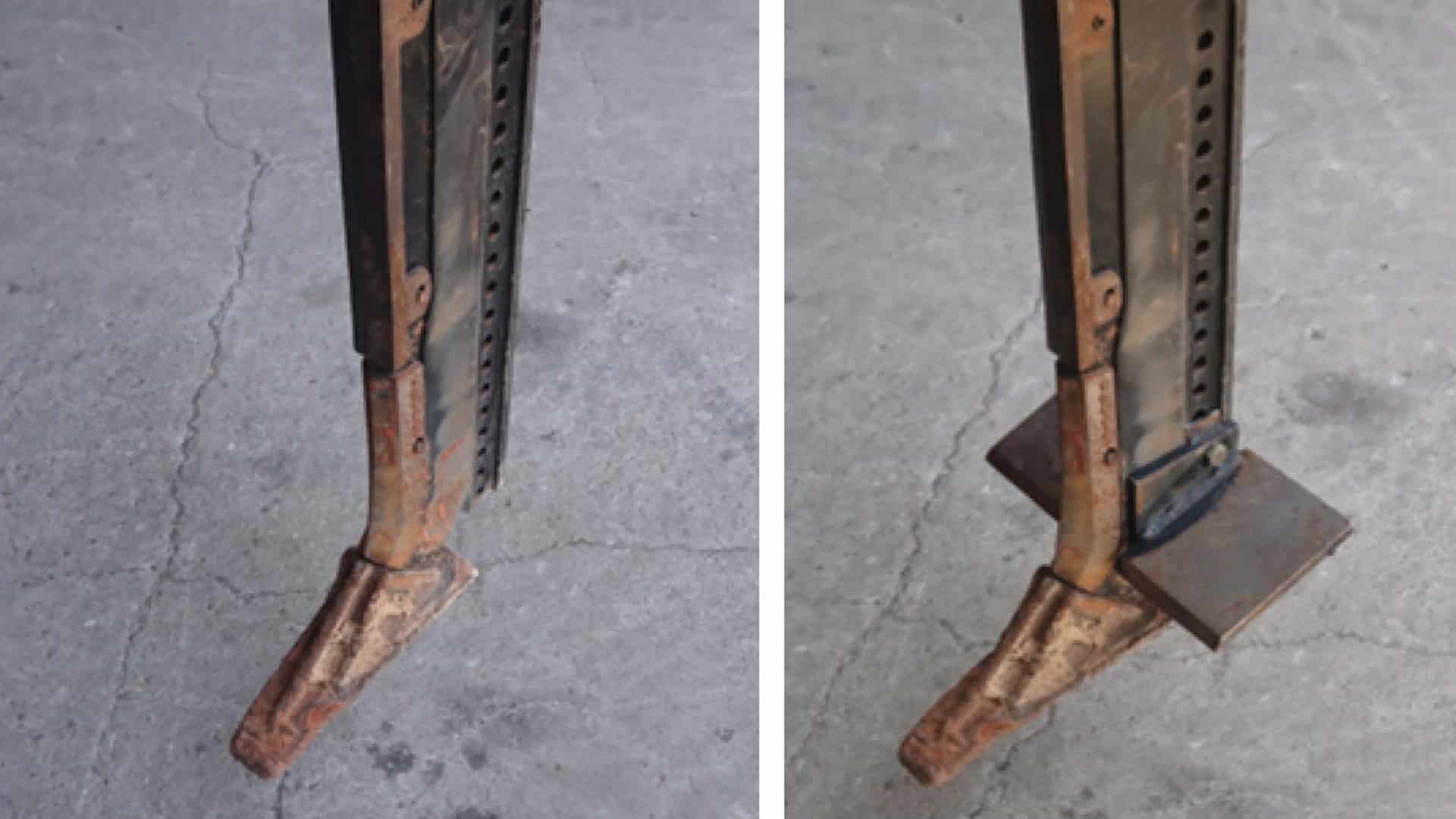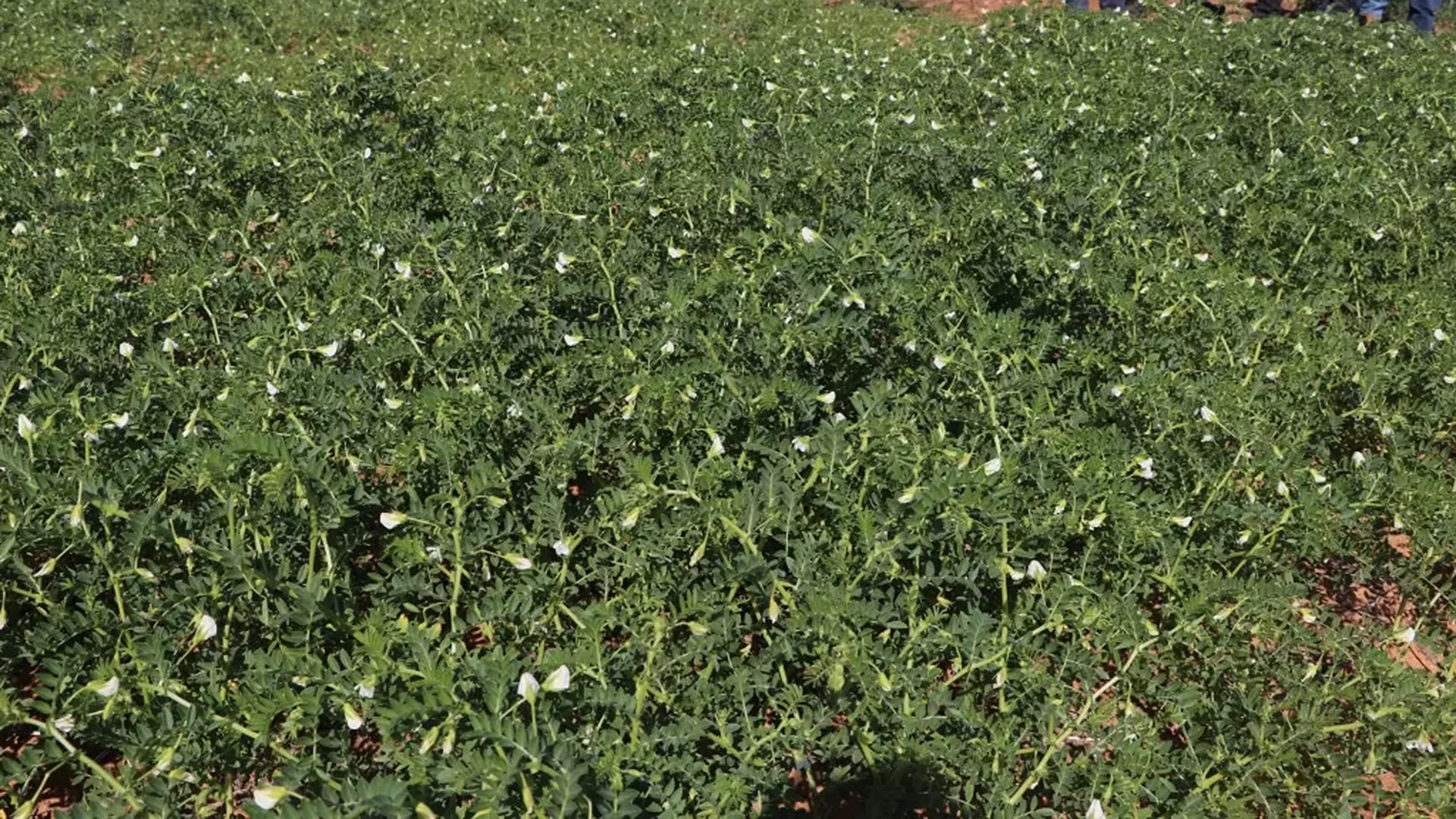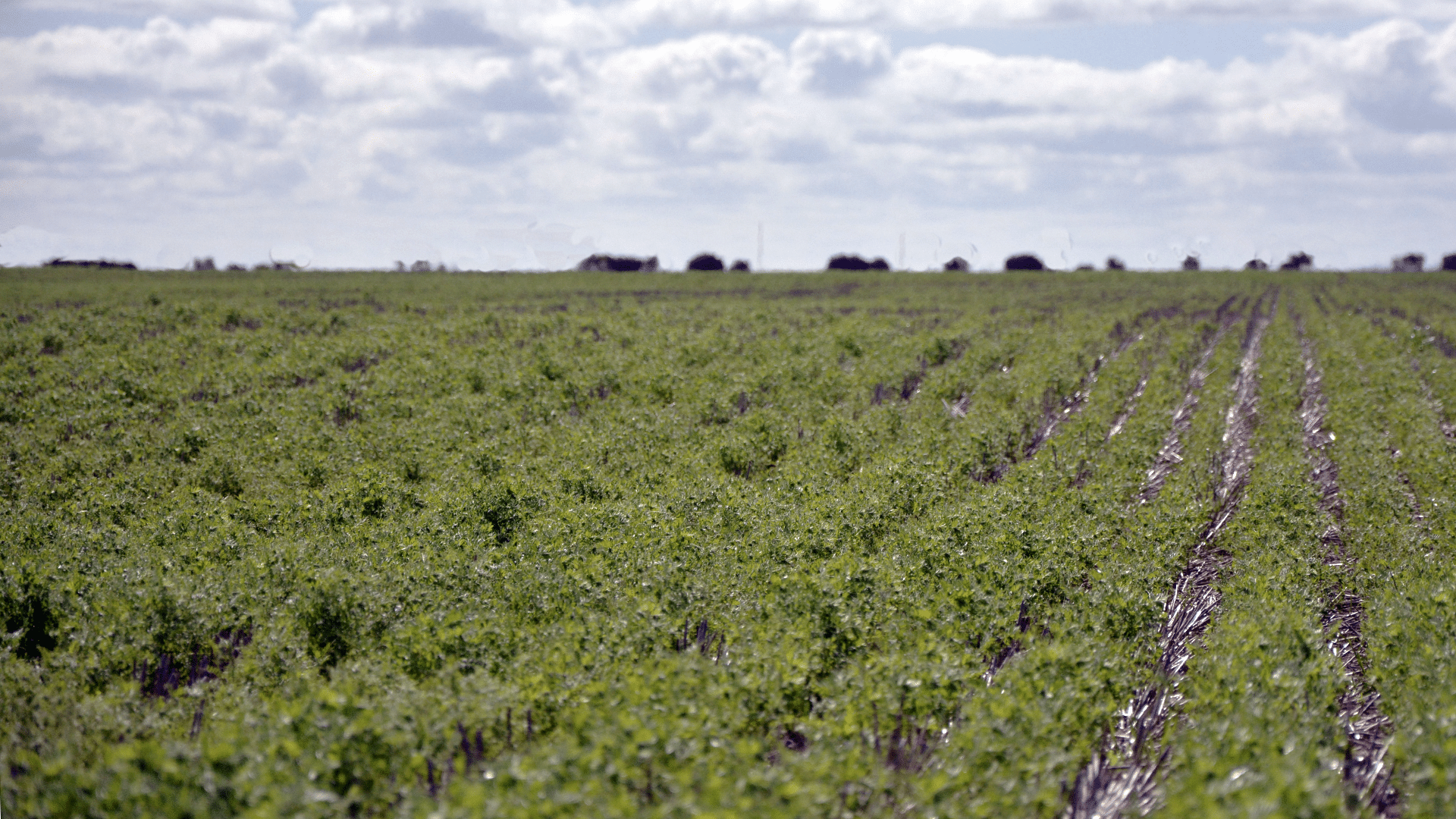START
FINISH

Summary
Salinity stress can be extremely detrimental to wheat crops in Australia, with approximately 50 per cent of South Australian farms showing signs of salinity production loss. Increasing the salinity tolerance of wheat crops would reduce production losses. There is one salinity tolerant bread wheat line – Mocho de Espiga Branca – however the mechanisms that allow this line to survive in saline conditions are currently unknown.
The aim of this project was to speed breed a population of Mocho de Espiga Branca and the Australian wheat cultivar Gladius, which can be used to determine the mechanisms of salinity tolerance and the genetic regions in the plant associated with this capability. This information can then be used to breed into current Australian wheat germplasm, to improve growth under saline conditions.
Background
Salinity stress has been estimated to result in a $1.3 billion loss to Australian agriculture. In South Australia, approximately 50 per cent of farms are at risk of varying levels of yield loss due to salinity stress. A 19 per cent increase in salinity tolerance in crops would result in a saving of $130 million.
The development of a wheat mapping population created specifically for salinity tolerance will help determine the mechanisms that allow one of the parents, Mocho de Espiga Branca, to accumulate large levels of salt and how it can survive.
Research Aims
The core objectives of the project were to:
- To develop a sixth generation mapping population using the salinity tolerant bread wheat line Mocho de Espiga Branca and the Australian wheat cultivar Gladius using speed breeding
In The Field
Speed breeding is the process of developing an advanced mapping population for glasshouse and field studies that is faster than traditional breeding.
Plants were grown in soil in a controlled growth chamber for a day length of 20 hours and night of four hours with seeds removed 15-18 days post flowering period. The immature embryos were transferred to culture media before moving back to the controlled growth chamber. Mature sixth generation seeds of Mocho de Espiga Branca x Gladius lines were collected from the final growth of fifth generation plants in greenhouses.
Results
Through the development of the mapping population, this study has successfully produced a speed breeding tool at the Waite Campus. This speed breeding tool will be used in the development of future populations for future research. This project has also developed a recombinant inbred line mapping population of almost 1,200 lines that can be utilised by other researchers.
The Mocho de Espiga Branca x Gladius sixth generation population will now be ready to use in 2019 for a glasshouse experiment to determine what mechanisms are involved in the salinity tolerance of Mocho de Espiga Branca. This information will be used to breed Australian germplasm to improve growth of elite varieties under saline conditions.
Without the development of this technique, it would have taken three to four years to develop the population. The speed breeding process employed in this project took just 15 months.
Project Participants
GRDC (formerly University of Adelaide): Dr Allison Pearson
University of Adelaide: Stuart Roy
The Problem
Approximately 50 per cent of farms are at risk of showing signs of salinity in South Australia. There is a salinity tolerant bread wheat line, Mocho de Espiga Branca, however the mechanisms of this tolerance in the plant are unknown.
The research
Develop a wheat mapping population created specifically for salinity tolerance to help determine the mechanisms that allow Mocho de Espiga Branca to survive under saline conditions.
More information
Dr Allison Pearson, GRDC
T: 0418 558 772
Value for Growers
A new bread wheat mapping population has been developed, which can now be used to investigate the mechanisms for enhancing the tolerance of wheat to saline soils. This population can also be used to determine the genetic regions of the plant’s DNA underpinning the salinity tolerance traits.
This can then be used to help breed Australian wheat germplasm with improved growth under saline conditions.



